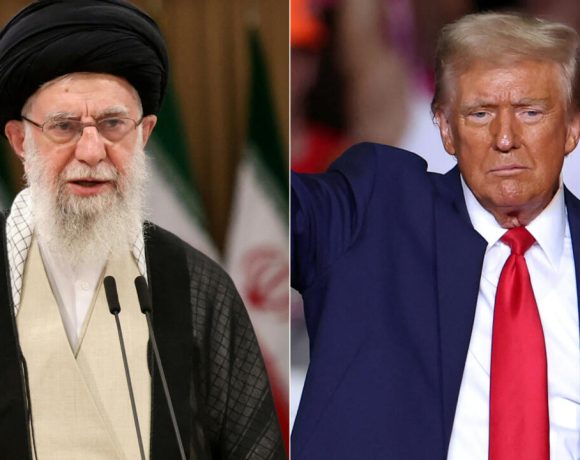
US Trade Deficit Falls to $61.6 Billion Amid Sharp Import Drop
The United States recorded a significant decline in its trade deficit for April 2025, falling to $61.6 billion from March’s steep $138.3 billion. This marks a sharp 55.5% drop, the largest monthly improvement in over a decade, and brings the deficit to its lowest point since September 2023. The primary factor behind this turnaround was a drastic fall in imports following the implementation of sweeping tariffs earlier in the month.
The April figures reflect the early impact of the new 10% blanket import tariff introduced by the U.S. government on April 5, along with higher duties for specific countries. As a result, total imports fell 16.3% to $351 billion — the steepest monthly decline since tracking began in 1992. Categories such as pharmaceuticals and automobiles saw the biggest contractions, with pharmaceutical imports plunging 52% and vehicle imports down 20%.
US Trade Deficit: Export Rise vs Import Slump
While imports dropped sharply, exports continued their upward trend for the fourth consecutive month. April saw a 3% increase in exports, pushing the total to a record $289.4 billion. This surge was led by industrial supplies, capital goods, and services. The simultaneous export growth and import contraction are likely to boost GDP growth in the second quarter, offering some recovery from the 0.2% economic contraction registered in Q1.
Analysts, however, cautioned that the improvement might be partially temporary, as many companies front-loaded imports in earlier months or are currently working through existing inventories. Consumer demand also appears to be softening amid the uncertain tariff landscape.
India-US Trade Deficit Narrows Significantly
The trade gap between the United States and India narrowed by 18% in April, with the goods deficit shrinking to $5.3 billion from $7.6 billion a month earlier. This was largely attributed to a 15% fall in imports from India, following the introduction of a 27% reciprocal tariff on Indian goods by the U.S. administration on April 2. The move came amid broader efforts to address long-standing imbalances in bilateral trade.
Despite the reduction in trade volume, India continues to rank among the top trading partners for the U.S. The two countries are currently engaged in ongoing talks aimed at resolving tariff disputes and enhancing trade cooperation. Officials from both sides have indicated a willingness to move toward more balanced and equitable trade arrangements.
The evolving numbers offer insight into the real-time effects of policy shifts on global trade dynamics. As trade flows adapt to new tariff regimes, the U.S. appears to be recalibrating its position with key partners, including India, to align economic outcomes with its broader strategic and industrial goals.


















